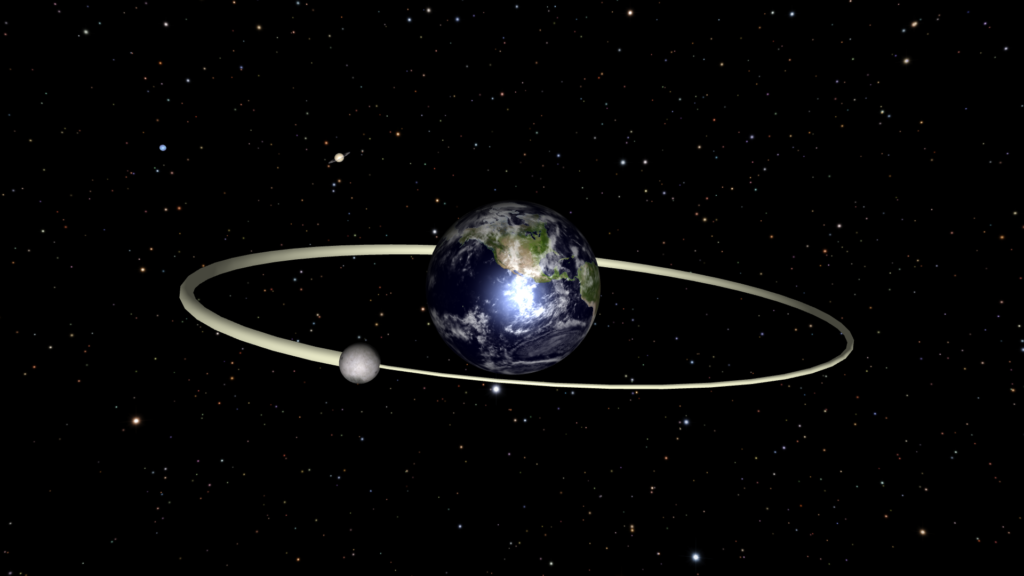In the Ophiuchus constellation there is, at first glance, an unremarkable star. This star has no name. It hasn’t even been assigned a letter of the Greek alphabet. After all, even the most sharp-sighted person on the darkest moonless night will not be able to see it with the naked eye, even being in a deserted area away from city lights.
In the Hipparcos catalog, this star is listed under the number 85661.
Among all the stars in this catalog, which are located no further than 100 parsecs from us, this star has the smallest annual motion in the sky. That is, it looks almost stationary for many hundreds of thousands of years. However, an analysis of the spectrum of this star showed that it is approaching us at a speed of 46.5 km/s. This suggests that one day the star HIP 85661 will pass very close to our Sun.
Now this star is located in the Ophiuchus constellation, that is, not far from the part of space where the Sun is moving relative to neighboring stars. So, it would be more correct to say that it is the Sun which is rapidly catching up with this star in space.
In about 1 million and 875 thousand years, the Sun will fly at a distance of less than 0.4 parsecs from the star HIP 85661. The neighboring star will shine brighter than Venus. The minimum distance of 0.4 parsecs corresponds to a distance of 1.3 light years. Such a close approach will surely cause a disturbance of the orbits of the Oort cloud objects. Some of these objects can rush towards the Sun and arrange a comet bombardment of the Solar system planets.
The sun will fly past this star, and the star will move away from us against the background of the Orion constellation.
Throughout the video, the star HIP 85661 will be in the center of the screen.
See with subtitles.
The video was made using own software. Information about the stars is taken from the Hipparcos catalogue.
The track ‘Dreamer’ by DivKid sounds in this video.





